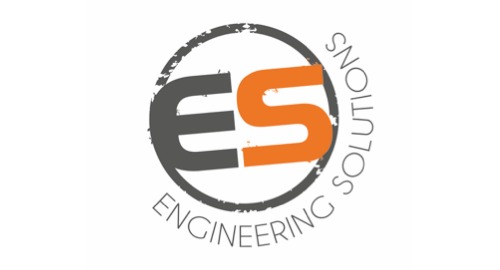





Overview of Tube Conveyors
Tube conveyors are used in a variety of industries, and can be used for transporting, feeding, dosing, distributing and discharging a wide range of materials, including abrasive, toxic, explosive or adhesive bulk materials, in an environmentally friendly manner. Materials at very high temperatures are also transported by tube conveyors.
Tube conveyors are available in different designs (horizontal, diagonal, vertical or a combination of all three) and sizes, so the layout and speed of the conveyor can be adjusted to your needs and the bulk material you will be handling.
The encapsulated tube conveyors protects the environment from dust emissions or water absorption as the material is being transported. This also means that no housing is required for the conveyor. Because tube conveyor belts are very strong, they allow larger distance to be covered with fewer transfer stations.
Size of individual units range from 30 tonnes per hour to over 350 tonnes per hour – depending on the density of the material.
Features & Benefits of Tube Conveyors
- Tube conveyors are ideal for the gentle handling of your product because of the low speeds.
- Tube conveyors are adaptable and have unlimited application possibilities.
- Material can be transported in two directions using tube conveyors.
- A wide range of construction materials and finishing can be used when designing and manufacturing your tube conveyor.
- Material can be distributed by screw conveyors to various location using multiple inlets and discharge chutes.
- Custom engineered to suit your specific application.
- Transportation is clean and environmentally friendly. They also prevent products from mixing together.
- Ease of use, compact dimensions, and low maintenance make tube conveyors the perfect mode of transportation.
Applications of Tube Conveyors
Tube conveyors are used in a range of applications, but are ideally suited for:
- Grain & Seed Handling.
- Cement industry.
- Power stations.
- Waste processing.
